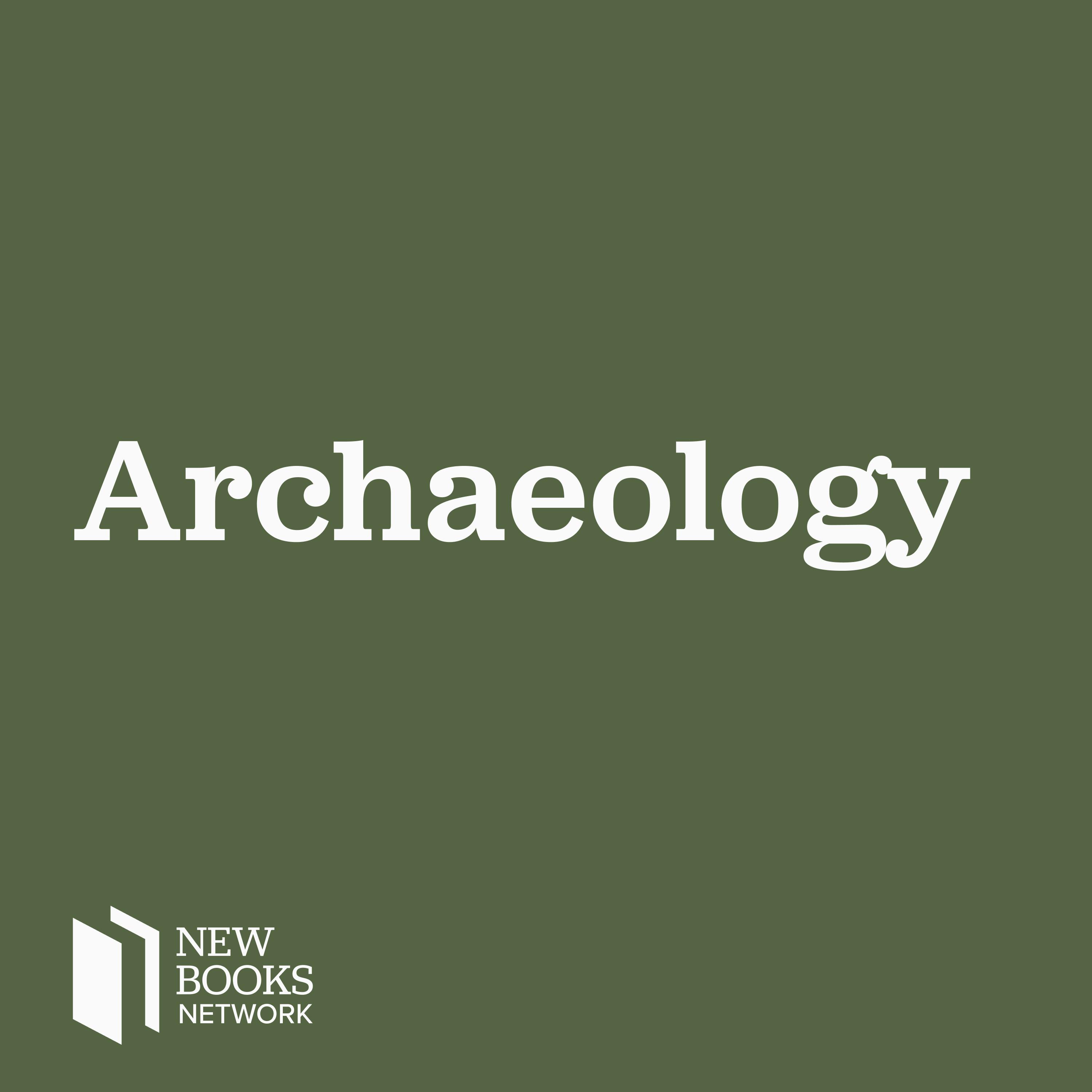What Can We Learn From A Pottery Shard? Uncovering the Ancient Past Through Biblical Archeology with Professor Aren Maeir
Description
Some people are good at what they do, some are enthusiastic about their work. This guest brings both to bear in his exploration of the ancient past.
Today we are privileged to talk with a distinguished figure in the world of archeology whose enthusiasm doesn’t quit. Professor. Aren Maeir is not only an accomplished archaeologist, but he is also a captivating storyteller who brings the past to life through his discoveries.
Professor Aren M. Maeir is Director of the Tel es Safi/Gath Archeological Project in Israel. He is an expert in Biblical and Ancient Near Eastern Archaeology, with a particular focus on the Bronze and iron Ages of the Ancient Near East.
Professor Maeir is based at (and formerly served as the chairmen of) the Department of Land of Israel Studies and Archaeology at Bar-Ilan University, where he teaches Biblical and Ancient Near Eastern Archaeology, and serves as the head of the Institute of Archaeology.
Maeir is also the co-director of the “Minerva Center for the Relations between Israel and Aram in Biblical Times” (RIAB), and the director of the Ingeborg Rennert Center for Jerusalem Studies. He is also the co-editor of the Israel Exploration Journal.
Learn more about your ad choices. Visit megaphone.fm/adchoices
Support our show by becoming a premium member! https://newbooksnetwork.supportingcast.fm/archaeology
More Episodes
Archaeology as a discipline has undergone significant changes over the past decades, in particular concerning best practices for how to handle the vast quantities of data that the discipline generates. As Shaping Archaeological Archives: Dialogues between Fieldwork, Museum Collections, and...
Published 05/19/24
Published 05/19/24
In Xiongnu: The World’s First Nomadic Empire (Oxford UP, 2024), Bryan K. Miller weaves together archaeology and history to chart the course of the Xiongnu empire, which controlled the Eastern Eurasian steppe from ca. 200 BCE to 100 CE. Through a close analysis of both material artifacts and...
Published 05/01/24


